The TPMS error Nissan Altima can originate from various causes and will make your engine poor and work improperly.
But what is the TPMS Nissan Altima exactly? What are the main causes of TPMS error on Nissan Altima? We bet these questions constantly pop up in novices’ minds.
Don’t worry. We’ve got you covered. This article will instruct you how to handle when your Nissan Altima encounters TPMS errors.
After you detect the root causes that make your engine malfunction, you will find the best solutions for fixing it. Luckily, these errors can be fixed with 3 simple steps and not involved complex tools.
Keep scrolling down for further information.
What Is Nissan Altima TPMS?TPMS stands for Tire Pressure Monitoring System, which is necessary for most vehicles. And also Nissan Altima operates with a direct TPMS system.
Equipped with a TPMS system means the tire pressure is monitored, sending the information to the automobile’s ECU.
When the TPMS system works, the indicator tire light will appear on the dashboard to give you a digital display of the high or low tire pressure.
What Causes TPMS Error Nissan Altima?One of the main causes that led to Nissan TPMS error is corrosion. This problem often happens with electronic sensors using aluminum shafts instead of rubber.
Besides, errors can come from the potential problems of poor wiring connection, bad TPMS modules, or keyless entries.
These problems can harm the operation and performance of a TPMS system.
When the TPMS system on Nissan Altima encounters an error, the TPMS warning light will be on to indicate the tire pressure sensor fails.
This warning light can either signal the high-line TPMS system or low-line TPMS system. But many inexperienced drivers overlook this pointer.
To make sure the TPMS system functions well, you should change it after 60,000 – 80,000 miles, equaling 5 to 7 years of use.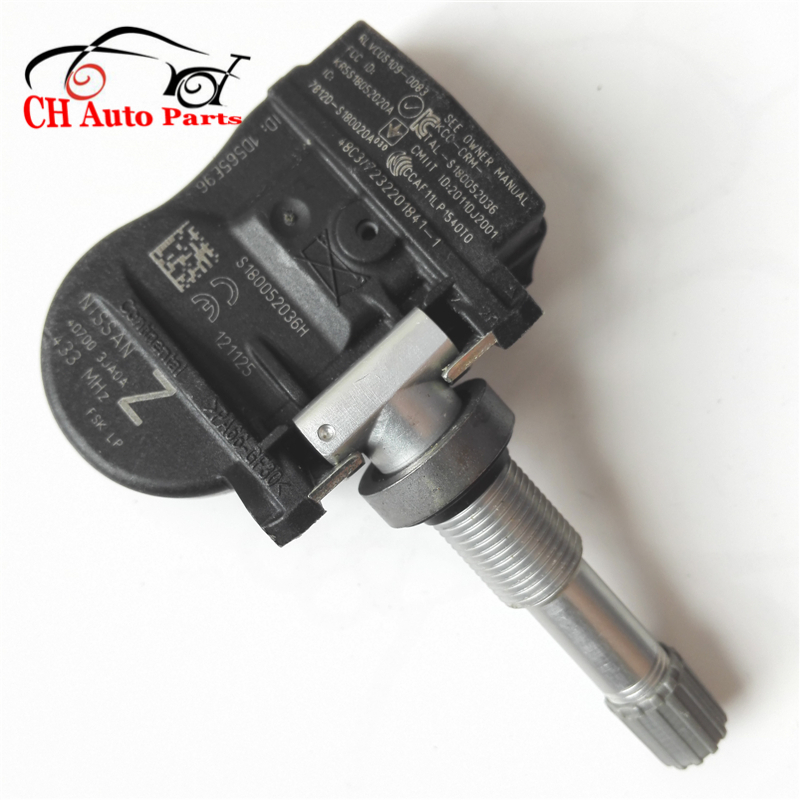
If these numbers are hard to remember, there is another trick for you. You can change the TPMS when you have the tire set replaced the very first time since you purchased the car.
Of course, it’s still fine should you resist using the old TPMS after the first tire set replacement, but chances are that the TPMS system can’t last until the second change, considering the insufficient battery life remaining.
What Does Nissan Altima Tire Pressure Warning Light Mean?When the TPMS tire pressure warning light is activated on your Nissan Altima, what does it mean?
It means the actual tire pressure is too high or low, so you need to check your tire pressure with a simple pressure gauge for about 5 minutes.
Tracking the performance or operation of all tires by measuring their pressure frequently for timely and proper maintenance.
Also, keep an eye on the warning light, which displays on the dashboard with the term “Low Tire Pressure” or “High Tire Pressure”; It’s an important tool that warns you about high or low tire pressure.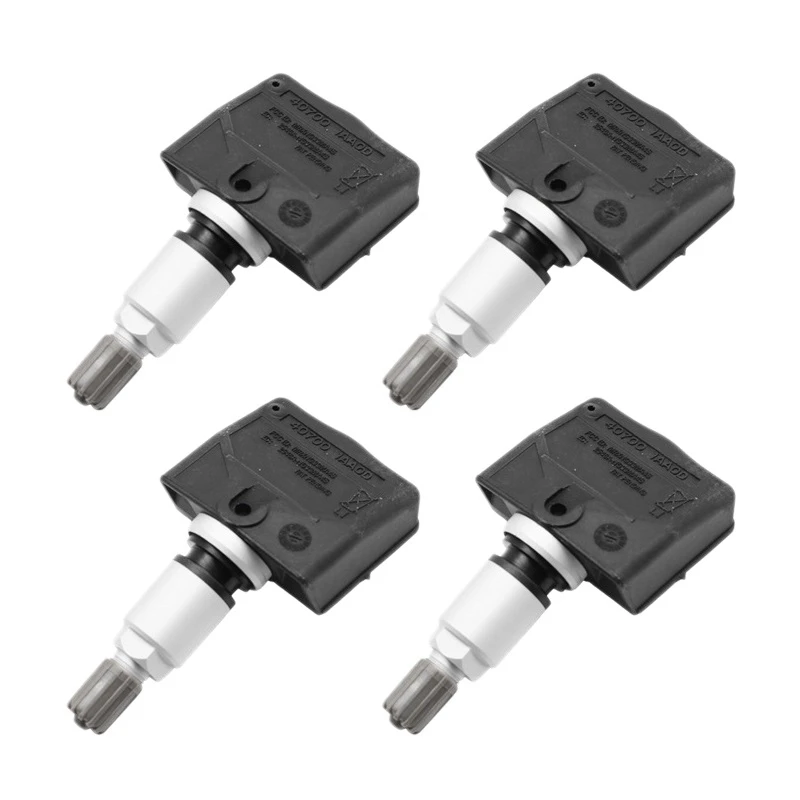
In case of a high PSI, it can’t be easier to fix it.
After opening the valve cap, use your fingernail or a flat-head screwdriver to press the metal pin inside, and you will hear a hissing sound. Deflate it until it drops to the required PSI.
But for the most part, you will encounter a low tire pressure. The situation can be due to a sudden temperature drop, a leak, or a tiny puncture. If this is the case, scroll down to know how to address it.
How To Fix TPMS Error Nissan AltimaThough TPMS errors can lead to serious problems for your engine later on, fixing them is far from complicated.
First, you have to check the pressure of all 4 tires using a gauge, then inflate or deflate them according to the recommended PSI. Finally, reset the tire pressure light, and you are done!
Check Tire PressureWhen the Nissan Altima TPMS error light turns on, the first thing to do is to stop your Nissan Altima on the road’s side and see if it includes a leak by manually checking the tire pressure.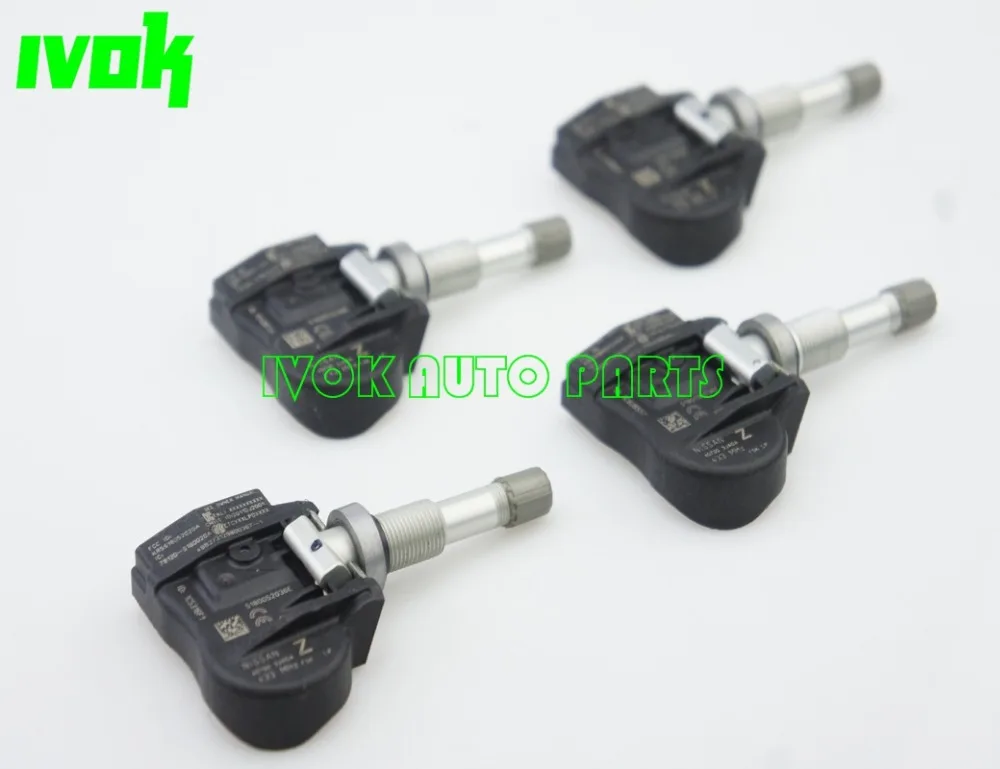
It’s convenient to use a tire pressure gauge to check for leaks and underinflated tires. You can also check the tire balance at this point.
You can do this inspection easily within 5 minutes using a hàn gauge or by leaning over to listen to the leaking sound (hissing sound).
If you don’t see any leak, then check whether any tire comes with unbalanced pressure compared to others.
Suppose one tire seems to be overinflated than the rest, press the valve to release air until you feel it comparable.
In the opposite case, we have no choice left but to bring the car to a gas station or any auto repair shop. They will inflate the tire to balance the pressure.
Usually, the mechanic will reset the light for you after adjusting the air pressure.
But in the off-chance that the shop doesn’t reset the TPMS light for you, we will provide the trick for you to DIY in the next section.
Also, check for the recommended PSI on a sticker inside the driver’s door. You should keep all four tires in this pressure to minimize the TPMS error.
You should keep all four tires in this pressure to minimize the TPMS error.
If this method is not effective, you need to check the TPMS sensor to determine whether it is faulty or not.
Reset Your TPMS LightIf the tire pressure light is still on after you add the proper amount of air to the car’s tire, follow these steps for a Nissan Altima TPMS reset.
If you do this step right, the TPMS warning light can start to blink slowly.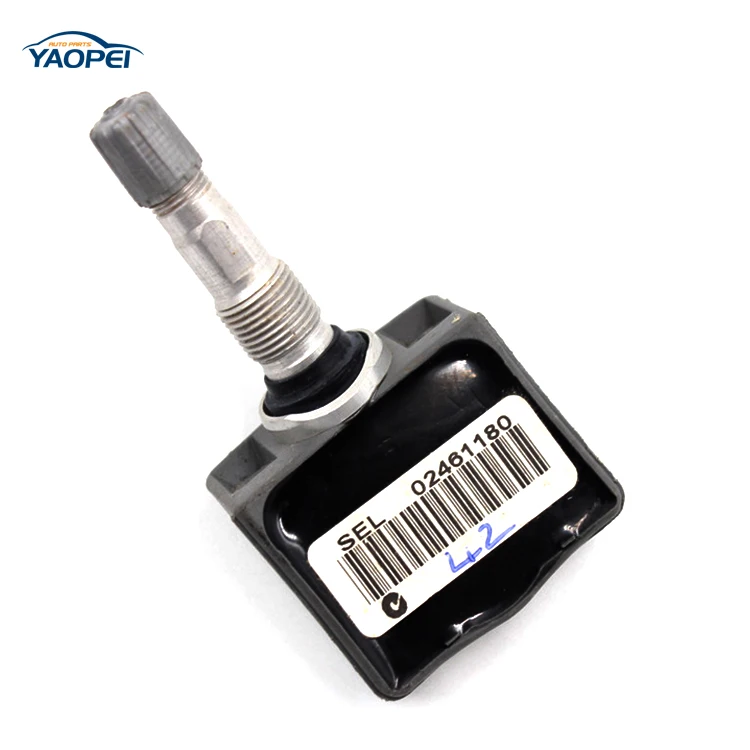 Yet, if you see it flash quickly, you can make this step incorrect. Make Altima TPMS reset again by repeating step 3.
Yet, if you see it flash quickly, you can make this step incorrect. Make Altima TPMS reset again by repeating step 3.
Note: Check your car’s producer’s manual instructions when you have trouble locating the reset button.
Suppose you try this process at home without proper tire pressure adjustment at a repair shop beforehand.
Remember to alter the air pressure to the required PSI by yourself first, or you can pull over at a gas station and have the staff done it for you. Then, you can drive back home to reset the TPMS light.
ConclusionYou got the complete guide on how to fix TPMS error Nissan Altima easily and properly.
We hope that the above article also helps you learn more about the Nissan Altima TPMS system and the common causes of TPMS error.
This useful information also applies to the different generations of Nissan Altima with models from 2007 to 2019, including the latest ones.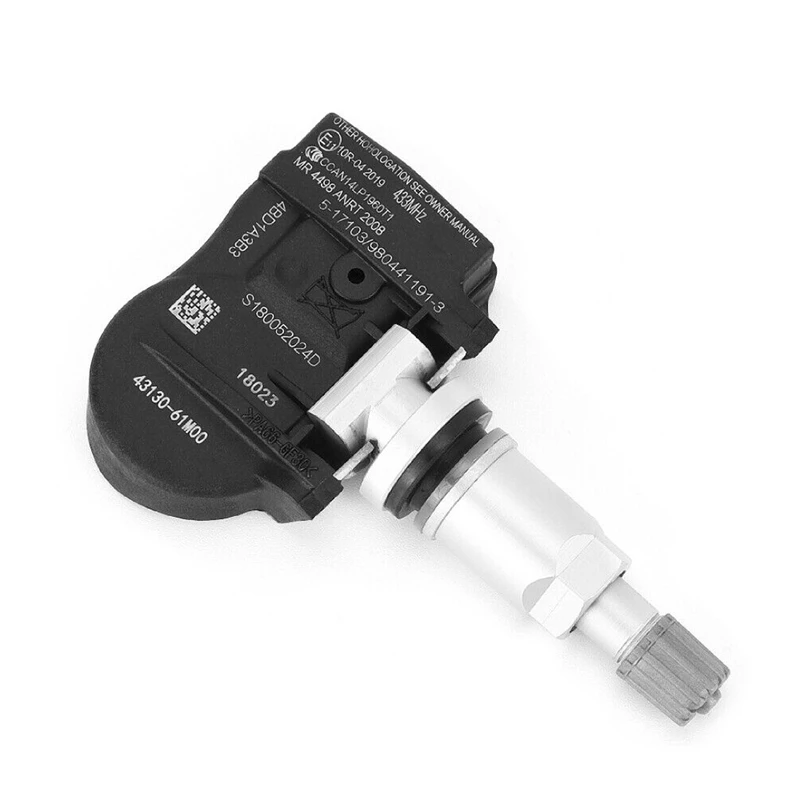
Based on our guide, you can easily check TPMS errors in your car and find the most effective method to fix them quickly for better performance and operation.
Vehicle Freak
The Nissan Altima has enjoyed a strong history of five generations and continues to please new vehicle buyers. Largely known as a lower-priced sedan, the Nissan Altima is pretty reliable and easy to repair.
However, a common problem on the Nissan Altima is the tire pressure monitoring system producing a dashboard error. Several different sources may cause this error and therefore, may require different remedies. Here is a guide to how to reset a TPMS error code.
Upon seeing the TPMS error code on your dashboard, immediately pull over on the road’s side. If your driving home or on a road trip, DO NOT wait until your next destination. It may be possible that you do have a deflating or flat tire.
If your driving home or on a road trip, DO NOT wait until your next destination. It may be possible that you do have a deflating or flat tire.
If you drive on a flat tire, you face damaging the wheel, then the axel, and your suspension. All of which will require a considerably more amount of time and money to fix than is necessary. Even worse, you could lose control of your vehicle and end up in a collision because you didn’t stop driving when you should have.
Follow these steps if your TPMS throws an error code (or lights up on the dashboard).
1) Pullover safety to the side of the ride or a parking lot.
2) Put on your hazards to indicate you’ve stopped for an emergency.
3) Check each tire’s tire pressure with a pressure gauge (you should always have one in your vehicle since they are cheap and small).
4) Visually inspect each tire to see if they visibly look flat or low on air. At the same time, listen for leaking air, which should be a “hissing” noise.
5) If there is no leak, then move on to the next step.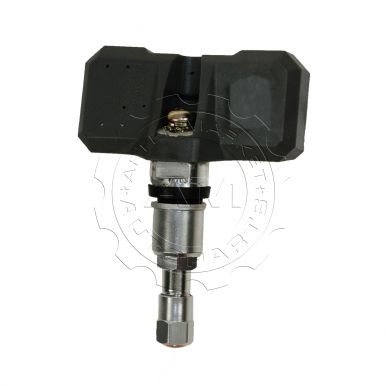
6) If you notice a tire has a considerably different pressure than all other tires, attempt to balance it. If the pressure is more than other tires, then pressure the release valve for a short period and check the pressure again. Continue until it is more in line with the other tires.
If the tire pressure is less than the other tires, consider finding a gas station with an air pressure pump. Do not drive more than a mile or so depending on your tire pressure. You may need to call a tow truck if the pressure is too low.
Should your vehicle be serviced by an auto body shop, they will most likely reset your TPMS light. However, if the error could be corrected on your own, consider this method to reset the light.
After fixing the tire pressure, simply drive more than 16 mph for 10 minutes or more, and the light should turn off. If that doesn’t happen, then consider the brake reset method.
1) Remove the lower dash panel to expose several fuses and wires.
2) Find the white two-pin connector for the TPMS.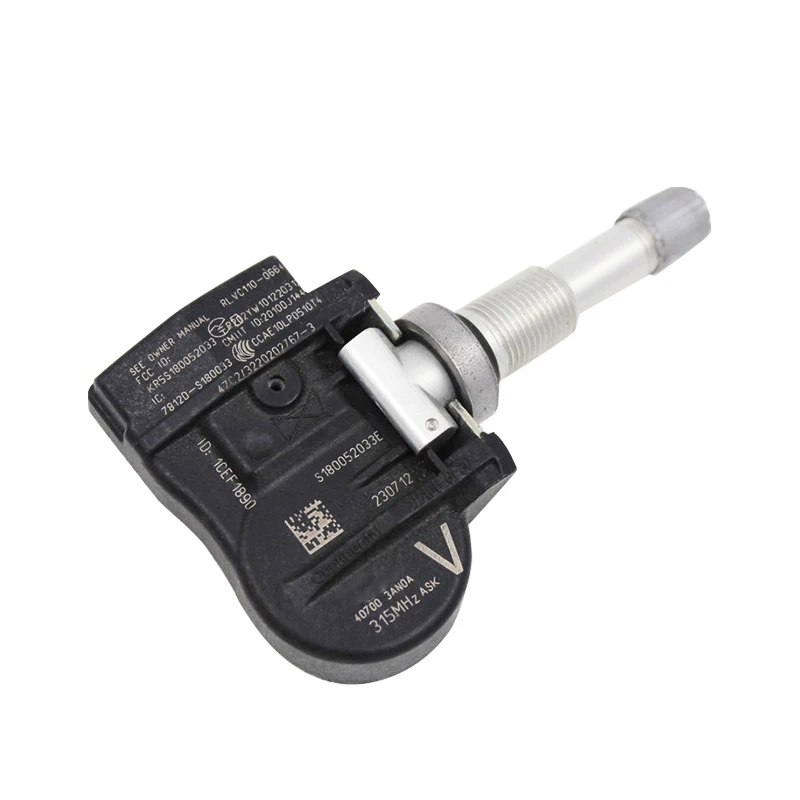
3) Take this wire and ground it to the chassis of your Altima.
4) Turn the car to the ON position.
5) Depress the brakes six times.
6) If successful, the TPMS should blink.
7) Your blinker light will also blink, indicating you successfully reset the TPMS light.
8) Next, continue onto the other tires to reset each tires sensor.
9) Keep in mind you MUST follow a specific pattern (below).
Front left tire, then front right tire, then rear right tire, and finally, the rear left tire.
After doing this procedure, drive at 16 mph or faster for ten or more minutes to reset the TPMS light. This will reset the TPMS error Nissan Altima.
Here is a video demonstrating this technique:
Hopefully, this resolves the TPMS warning indicator. If not you may want to take your car in to a dealership for help getting rid of this light.
If not you may want to take your car in to a dealership for help getting rid of this light.
See related posts for Nissan:
How To Unlock Nissan Altima With Keys Inside
How To Change The Battery In A Nissan Key Fob
Why Does My Nissan Say Key ID Incorrect?
You are an excited new car owner, the joy of tactile gadgets, integrated technology should bring you the ease and comfort of using your Nissan Altima, which is important, but it says that the technology speaks of electricity, and like all of us, unfortunately often know that there are problems to be solved. Today we will focus on the tire pressure sensor and specifically on the tire pressure sensor. how to reset the tire pressure sensor on a Nissan Altima so that you no longer have this indicator on the dashboard. To do this, we will divide our content into two parts, first we will talk about the common case when the tire pressure indicator light appears and the subsequent process, and then the case when the tire pressure indicator remains on even if the tires are inflated. So how reset this tire sensor on nissan altima.
So how reset this tire sensor on nissan altima.
First we will look at the classic way to reset the tire sensor on the Nissan Altima, which if it lights up, here are the basic steps: tire pressure indicators pop up, get out of the way pretty quickly if you're driving on the highway, just in case, hold on tight to the steering wheel.
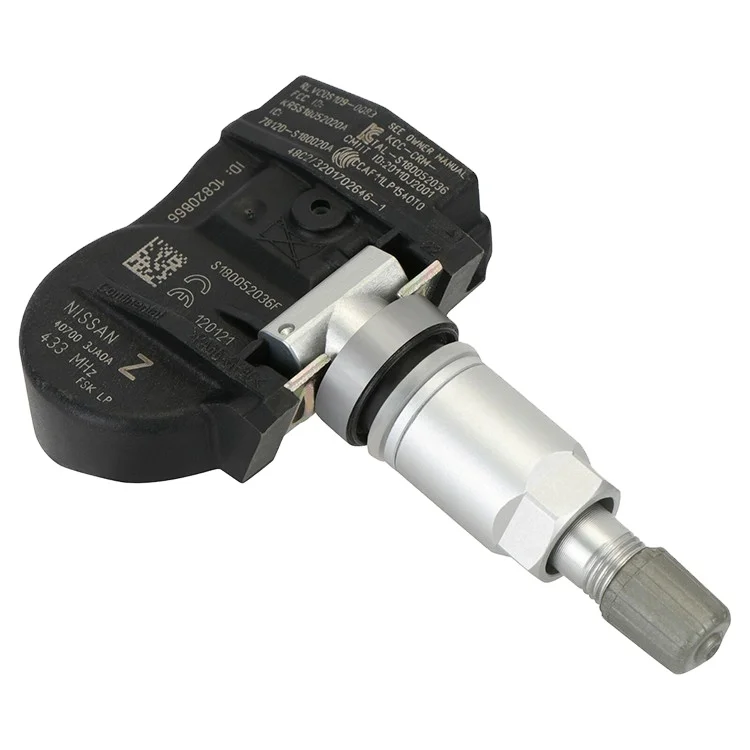 The indicator should turn off or turn off after a few seconds. . In the event that this is not the case, we suggest that you read the next section.
The indicator should turn off or turn off after a few seconds. . In the event that this is not the case, we suggest that you read the next section. Now that you have tried the normal tire pressure sensor removal process on Nissan Altima, and it didn't work, we'll move on to the second method, which is to have the tires on my Nissan Altima well inflated and I still want the light to go away. This probably means you have Faulty tire pressure sensor. This problem requires to be reset on your car's dashboard. However, be careful not to do this while driving as pressure fluctuations will affect your pressure sensors. In most cases you have to go through the car configurations, then you have to find the option to detect inflation or "detect deflation" when in this tab you have to hold the select or reset button according to the year of your Nissan Altima until the console vehicle, a message will appear confirming that the reset has been taken into account (this usually takes a few seconds).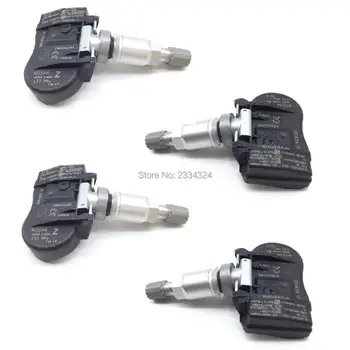 You can now turn off the ignition and restart your Nissan Altima to see if the tire pressure light has gone out.
You can now turn off the ignition and restart your Nissan Altima to see if the tire pressure light has gone out.
If, despite your reset, the tire pressure indicator on your Nissan Altima does not turn off, then the wisest course of action is to see a mechanic, probably , this is the best way. Tire pressure sensor on the valve which is faulty or faulty on your Nissan Altima . Keep in mind that in general the unit price is around 120 euros. Another option that some prefer to use because the problem may recur in some series is to disable the sensors with your carrier and diagnose your vehicle. However, this method is not recommended as it may result in mishandling and malfunction of your Nissan Altima. Now you have all the keys in your hands to know how to reset the Nissan Altima tire pressure sensor.
For more Nissan Altima tips, take a look at the Nissan Altima category.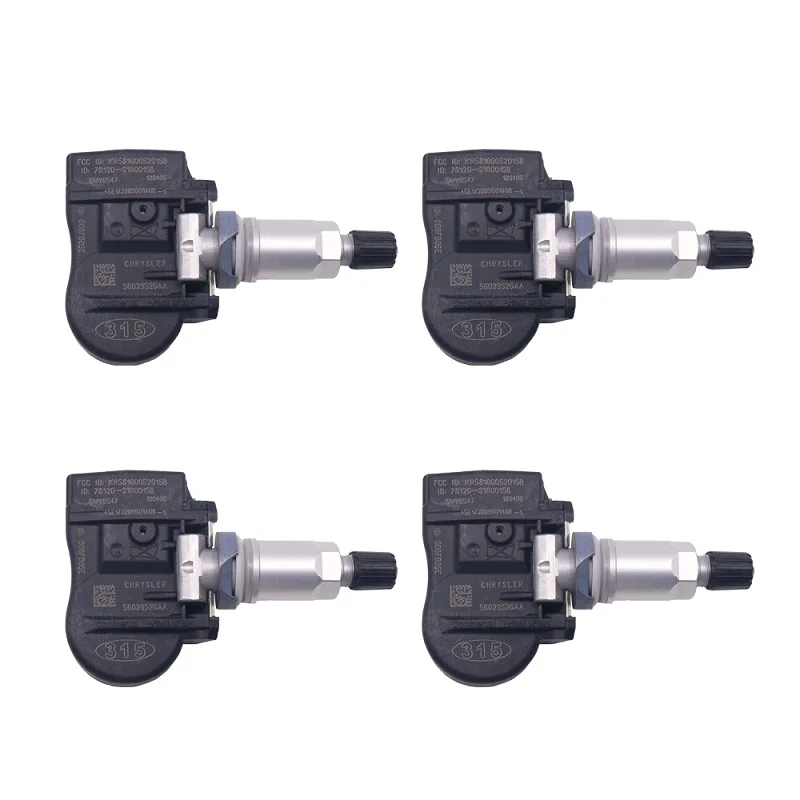
Nissan introduced the Tire Pressure Monitoring System (TPMS) in 2003 as standard on vehicles or as an option on most models.
There is one little trick to servicing Nissan TPMS systems, and that is...buying the right equipment.The TPMS equipment connected via OBD II must be compatible with Nissan TPMS sensors and be able to reprogram the system for repair and service.0005
Most customer complaints are due to pressure drop. If a Nissan came to your car service with a TPMS indicator on, in most cases this means that the system is working normally, just one of the wheels has low pressure. First you need to inflate the tires to the specified pressure and drive at a speed of about 25 km / h for three minutes, the indicator lamp should go out. If the system does not work correctly, the control lamp will blink for a minute, then it will burn continuously. The nature of the flashes may indicate that one of the sensors, or several, are not activated (the ID code is not registered in the system module).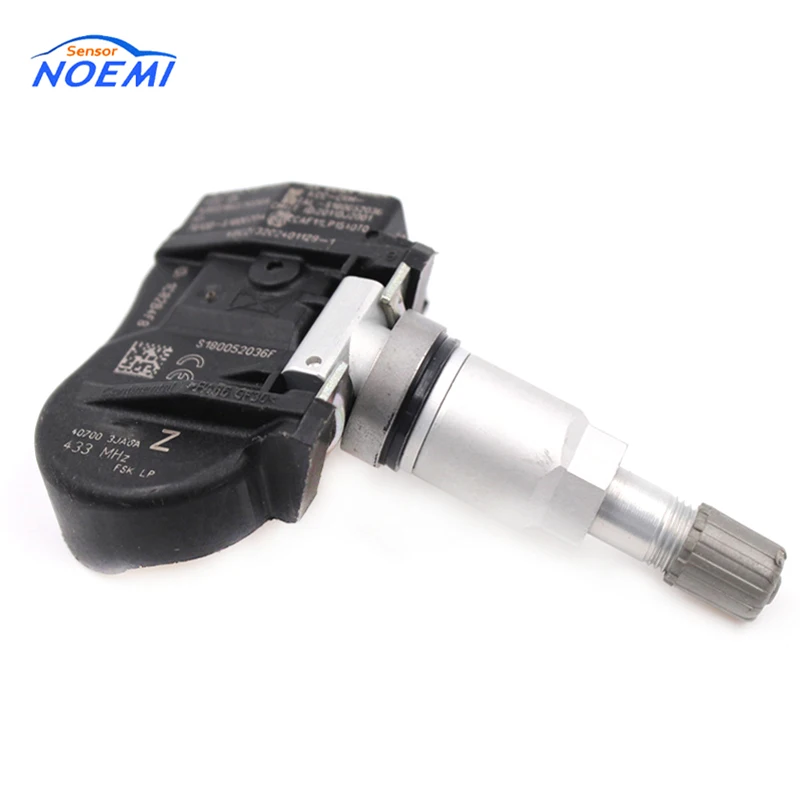
However, this does not indicate low wheel sensor voltage, loss of signal, or other problem. Resetting the system data and restoring operation will require special equipment that works with the Body Control Module (BCM). It is possible to read codes by recording warning lamp flashes. Nissan uses one receiver that receives signals from four wheel sensors (or five if installed on the spare wheel. The sensor transmits a personal ID signal and pressure information at prescribed intervals or in the event of tire pressure loss. The sensors have built-in accelerometers, transmitting signals while driving
The system receiver identifies the position of each of the sensors according to the transmitted sensor ID signals. The sensor can also send information about the battery charge if the voltage drops below normal.
If a sensor malfunction is diagnosed, it should not be concluded that it is the sensor that has failed. It is sensitive to how it is mounted on the wheel. A change in the position of the sensor during installation can interfere with the use of the equipment, when initializing the system, and also affect the signal transmission of the sensor.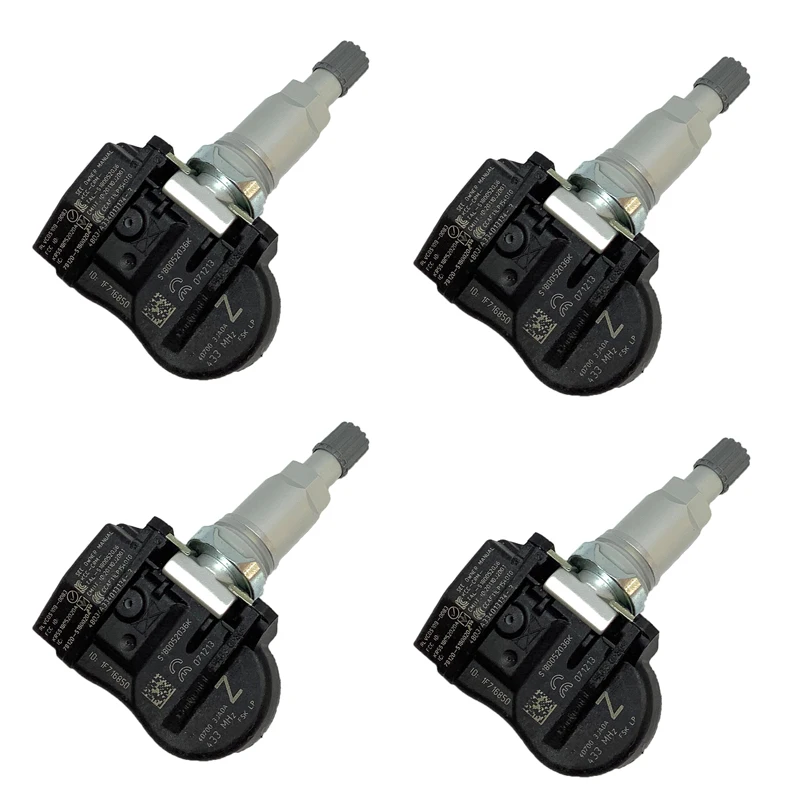 Always mount the sensor housing parallel to the wheel. And if the sensor is not registered in the system, try to drive the car for one or two meters. This will help the signal flow of the sensor, the suspension or brake components will not interfere.
Always mount the sensor housing parallel to the wheel. And if the sensor is not registered in the system, try to drive the car for one or two meters. This will help the signal flow of the sensor, the suspension or brake components will not interfere.
Nissan uses TPMS sensors from Continental, Schrader and Pacific. Sensors and sensor repair kits are not interchangeable. The factory replaced sensor models on some vehicles after the 2010 floods in Thailand where supplier factories were flooded.
Unlike many other systems in which the registration procedure for sensors is performed by simply pressing a few buttons on the scanner, most Nissan TPMS require the use of special / factory equipment or equipment specialized to work with systems only TPMS. The equipment must be able to communicate via the OBD II connector with the body control unit and enter the learning mode or receive sensor ID signals.
This method is sometimes referred to as the "in-company method" of learning the TPMS system, as the process can only be performed with genuine Nissan equipment.
But, nevertheless, there are diagnostic equipment from other manufacturers on the market that can perform the "training" functions of Nissan TPMS systems.
The Nissan equipment method is to put the body control module into learning mode using the diagnostic scanner and activate the sensors using the activation equipment. The activation equipment sends a low frequency signal to the sensor antennas. This signal initiates the transmission of information from the sensors to the receiver.
On some equipment it is possible to start the sensors to transmit a signal by creating a low-frequency control signal and write the received information to the scanner. The information can then be written to the TPMS module via the OBD II connector.
Another option, if you don't have the activation hardware, is to try and test drive your scanner on board.
First pressurize the tires to the following pressure:
Left middle wheel - 2.3 bar
Right front wheel - 2. 1 bar
1 bar
Right rear wheel - 2.0 bar
Left rear wheel - 1.8 bar
Then, using the diagnostic scanner, enter the body control module into "sensor registration ID" mode. Drive at a speed of 40-50 km / h for several minutes until the scanner gives you a “done” signal - ready, this means that all sensors are registered and identified with different tire pressures. After the test drive, inflate the tires to the prescribed pressure according to the specification. This is the last opportunity to start system activation. There may also be problems with the sensor antennas if the procedure fails.
The system receiver is usually located under the instrument panel. Depending on the model, the NPSM system may use the car keyless entry system antenna.
The body control module communicates with the instrument cluster via the CAN bus to generate a low pressure signal or report tire pressure readings.
If you receive a “no communication” signal in the TPMS system during diagnostics, this may be a sign of a more global problem.